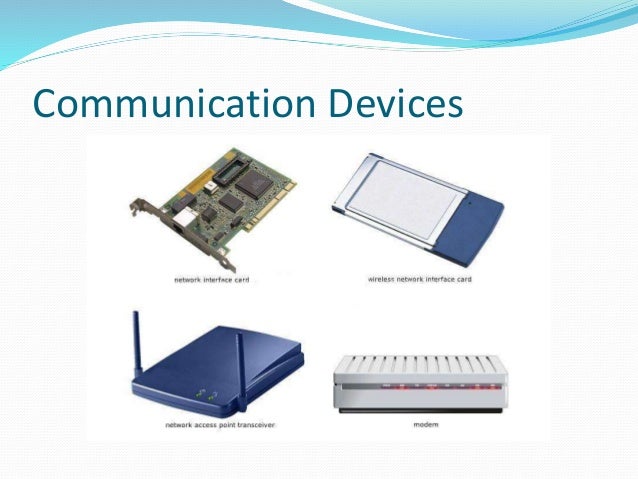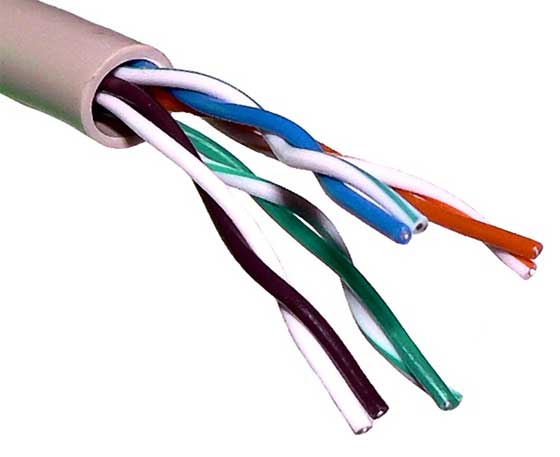Client-server network architecture
A computer network in which on centralized, powerful computer (called the server) is a hub to which many less powerful personal computer workstations (called clients) are connected. The clients run programs and access data that are stored on the server.
 |
| Client-server network |
Peer to peer network architecture
A peer-to-peer network is created when two or more PCs are connected and share resources without going through a separate server computer. A peer-to-peer network can be permanent infrastructure that links a half-dozen computers in a small office over copper wires. Or a peer-to-peer network can be a network on a much grander scale in which special protocols and applications set up direct relationships among users over the internet.
 |
| Peer-to-peer |
What's the difference between client server and peer-to-peer?
Some people think there is no difference between client server and peer-to-peer networks. Actually there is a huge difference between client server and peer-to-peer. For instance a peer-to-peer network has no central server while client server has. Each workstation on the network shares its files equally with the others. There's no central storage or authentication of users. Conversely, there are separate dedicated servers and clients in a client server network. The server will determine which users can access the files on the network.
Peer-to-peer networks should be installed in homes or in very small businesses where employees interact regularly. There are inexpensive to set up however they offer almost no security. Peer-to-peer are appropriate only for very small businesses or for home use. It also can support about ten workstation before it begins to suffer from some serious performance and management problems. Usually , peer-to-peer network are composed of a collection of clients that run either Windows NT Workstation or Windows 98,Windows 3.11, Windows 95, Windows 2000 Professional also support peer-to-peer networking. On the other hand, client server networks can become as big as you need them to be. Some support millions of users and offer elaborate security measures. As you can imagine, client server networks can become very expensive.The computer that contains the shared resources doesn't check on who's trying to access those resources. Any user can access them as long as the user know the password. If someone happens to write down a password, anyone who finds that password can access the share.
There are an al,ost infinite variety of client server networks, but all of them have a couple of things in common. For one thing, all have centralized security databases that conrol access to shared resources on servers. In the world of Windows, the server usually run NetWare, Windows NT, or one of the Windows 2000 Server products. The server contains a list of usernames and passwords.Users can't log on to the network unless they supply valid usernames and password to the server. Once logged on, users may access only those resources that the network administrator allows them to access. Thus, client server networks posses much more security than peer-to-peer networks.
The primary downside to a client server network is its cost. Servers can become very expensive. For example, you could pay 800 dollar for a copy of Windows NT hardware which mus=ch be more powerful than a standard workstation. Additionally, client server require an employee to manage them. Unless you have someone in your office who's trained in NetWare or Windows NT Server and in all the issues that are involved in client server networking, you'll have to hire someone from outside. And that qualified networking professionals don't come cheap.



/computer-network-alex-slobodkin-e-plus-getty-images-56a6fab03df78cf772913eff.jpg)